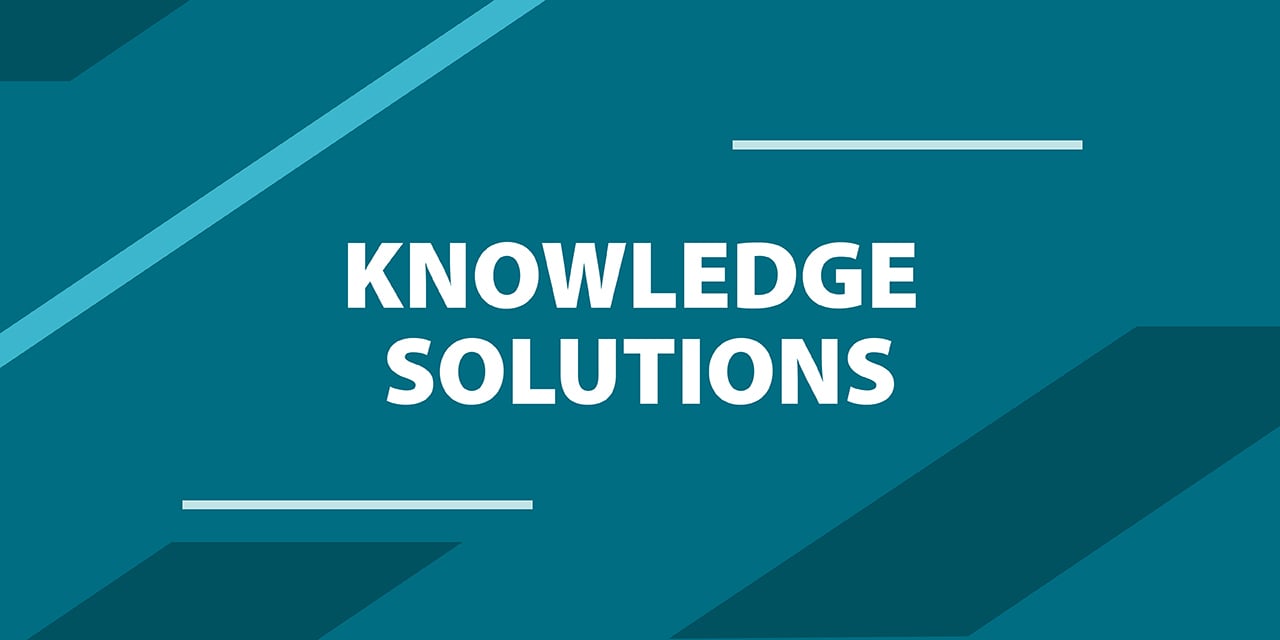
Inside the Deal: Selling an Industry Leading Asset in n2y
How Baird Advised a Leader in Special Education Software
Founded 25 years ago, n2y has established itself as a trailblazer in special education and leads the market with its award‑winning, research‑driven digital solutions helping districts ensure compliance and improve outcomes for students with learning differences. Sitting at the center of special education teachers’ and administrators’ planning, instruction and measurement needs, n2y’s platform of integrated SaaS solutions has advanced the educational growth and access of millions of students from pre‑K to 12+.
Baird served as the exclusive financial advisor to n2y on its recent sale to Five Arrows. Dan Alfe and Jeremy Fiser of Baird’s Knowledge Solutions and Software teams share what makes n2y’s positioning in the K-12 market differentiated, and why it’s a compelling investment.
What makes n2y’s business so unique?
There are multiple factors that make n2y really a unique business, but a few things immediately stand out:
The focus and integration of the platform. K-12 curriculum and software companies trying to address districts’ special ed populations are typically large, diversified players re-purposing general education content and workflows as an ancillary part of their business or are undercapitalized point solutions with limited reach. n2y is very unique in this segment by being purpose-built for the unique requirements of the SPED market (and 25+ year tenure exclusively focused on the specialized needs of this audience), and the comprehensiveness of its platform. It’s this “Total Solution” approach, blending instruction and compliance workflows, that sets n2y apart from competing K-12 curriculum and administrative tools.
Its financial profile is virtually unmatched from a growth, margin and revenue retention standpoint. And given n2y’s growth has been almost entirely organic, the Company’s financials are remarkably clean, with few adjustments.
And unlike most providers in the K-12 landscape that primarily compete for general district funds and/or were temporarily buoyed by stimulus dollars over the past few years (and are now seeing pressure from an impending fiscal cliff), districts largely fund n2y’s products through dedicated federal funding under Individuals with Disabilities Education Act (IDEA) – which has been consistent and fiercely protected on a bipartisan basis for over 30 years.
What were some of the more unique process tactics you employed on this deal?
This was a highly bespoke process from prelaunch to signing. Tactically, one of the things we did differently was around creating support for n2y’s whitespace. Knowing that having analytical rigor around the Company’s whitespace would be critical for buyers’ underwriting sustainable future growth, we played offense in developing a very granular buildup of n2y’s total addressable market. We elected to not use a market study provider to build this analysis for this process because we felt the 3rd party providers would likely rely on a higher-level, estimated approach – using survey data and applying a rough “price times volume” approach that was likely to significantly underestimate the potential of n2y’s product portfolio. Rather, working with management, we developed a true “bottoms up” assessment of each n2y products, looking at the number of U.S. students by diagnosed condition (e.g., autism, auditory disorders, visual impairments, etc.) by grade, district and state, and the funding dollars allocated to them. This approach proved to be much more defensible.
The thoroughness of our pre-process prep was unique as well. We’d seen aggressive inbound investor demand for several months leading up to the process. Our approach was not to try to manufacture preemption or encourage parties to work faster though. We believed “luck favors the prepared” in terms of anticipating what buyers’ detailed diligence requests would be and assembled all of that data prior to process launch – knowing any acceleration that might materialize wouldn’t be possible without it. This upfront work is what allowed us to support the sort of aggressive timeline we ultimately experienced.
Lastly, we were clear with parties that this would be a narrow process with a high bar. By articulating that this opportunity was only being made available to a select group rather than being an “auction,” they were willing to reciprocate by taking the opportunity very seriously. This process dynamic, coupled with the fact that the sellers were still early in their hold period, enabled the market to appreciate this was a premium-multiple deal without our having to provide heavy-handed guidance.
What were your top lessons learned?
Our key learnings here mostly related to the buyer behavior we witnessed. Bidders, who were primarily large-cap sponsors, were ready and willing to move quickly. Perhaps as a result of the lighter overall M&A environment, for “A” quality assets, they proved willing to dedicate meaningful internal and external resources to pursuing n2y.
Despite a higher cost of debt in the current interest rate environment, for a higher EBITDA multiple transactions the total quantum and cost of leverage did not have a meaningful impact on value, and these sponsors uniformly expressed a willingness to provide a full equity backstop.
The consistency and depth of bidder demand was surprising (and higher than we’d seen in recent years).
Finally, a key component of our success was the relationship development fostered by n2y’s CEO, Ed Holmes over the last ~18 months. Given early exposure to the market through industry events and Baird conference participation, multiple potential buyers were well-versed in the n2y story and had established a strong rapport with Ed leading up to going to market. Their ability to convey that they’ve tracked n2y for a long time to their investment committees was important to their leaning in.
Does this mean the market is “back?”
While we would not say the M&A market overall has returned to the frothy days of ~24 months ago when rising tides seemed to lift all boats, we optimistically do see some “green shoots” from this outcome.
When it comes to the highest-quality stories, buyers have the bandwidth to pursue the right assets aggressively, and when these businesses are proven winners across cycles, many buyers’ investment committees are comfortable “playing to win” in terms of transaction value and pace.
Interested in learning more about this transaction? Connect with Baird Global Investment Banking.






